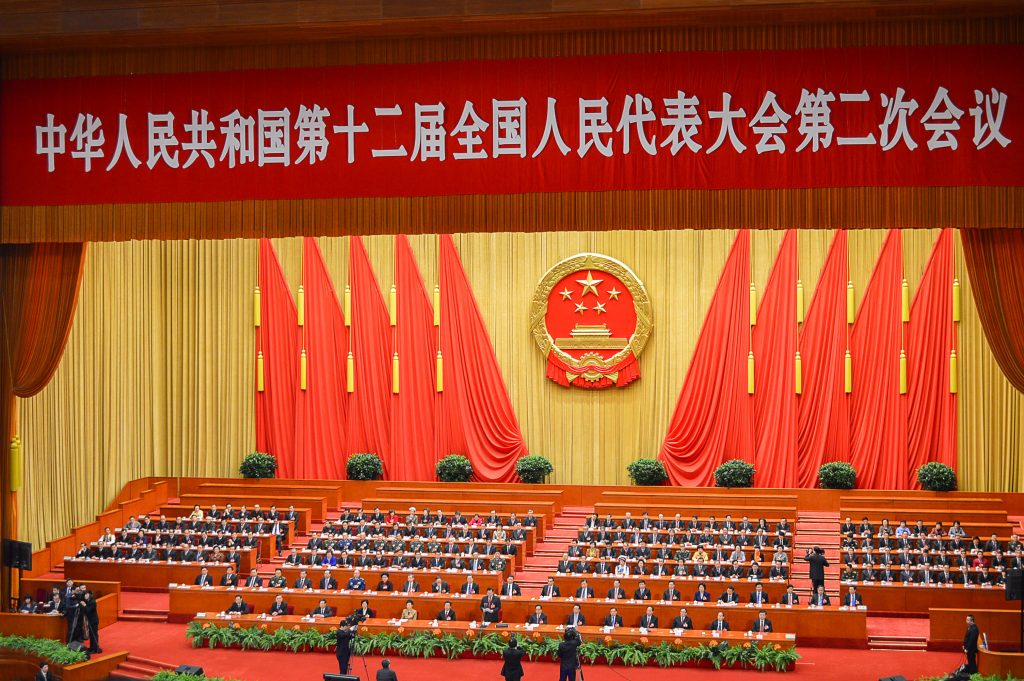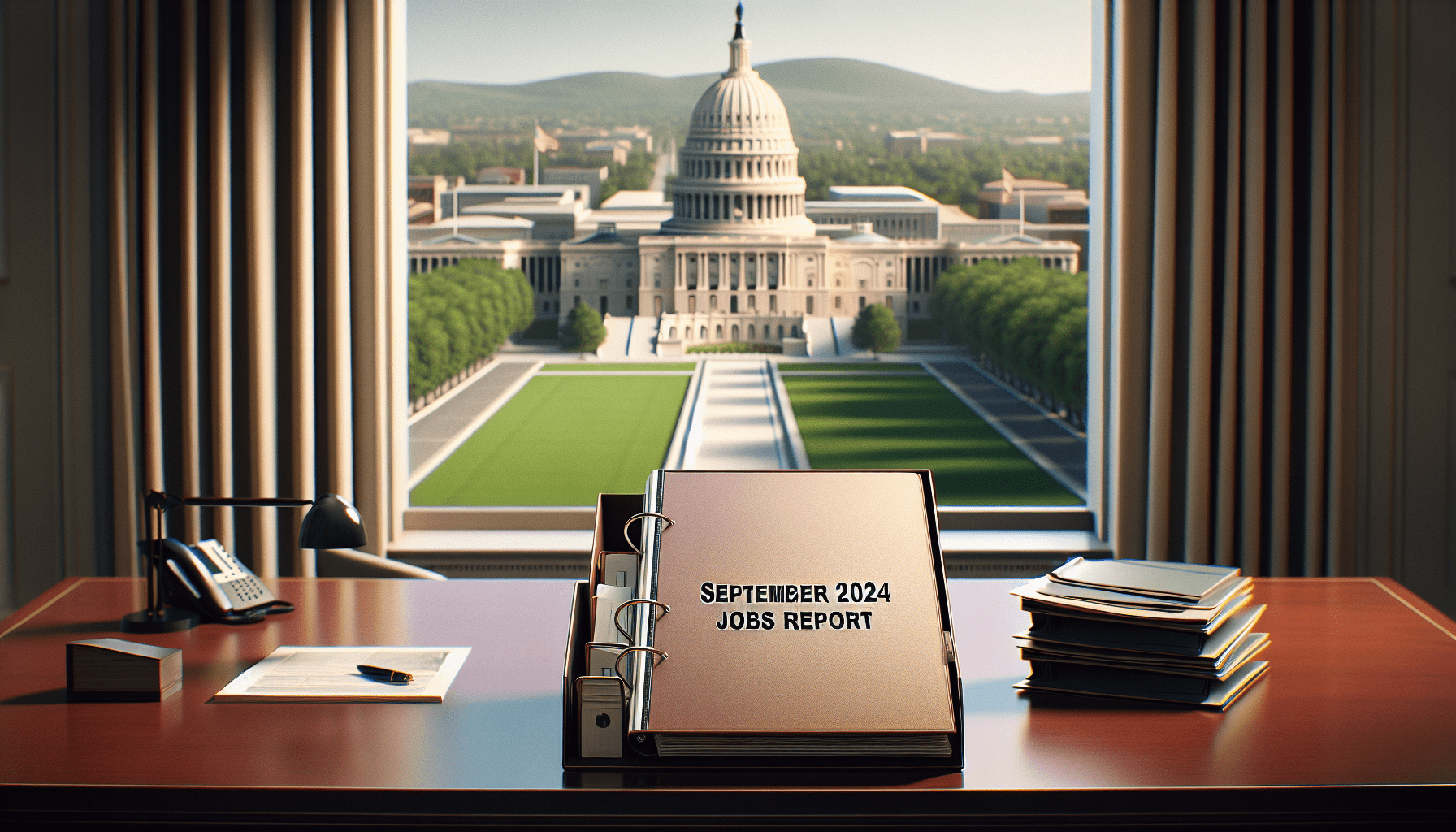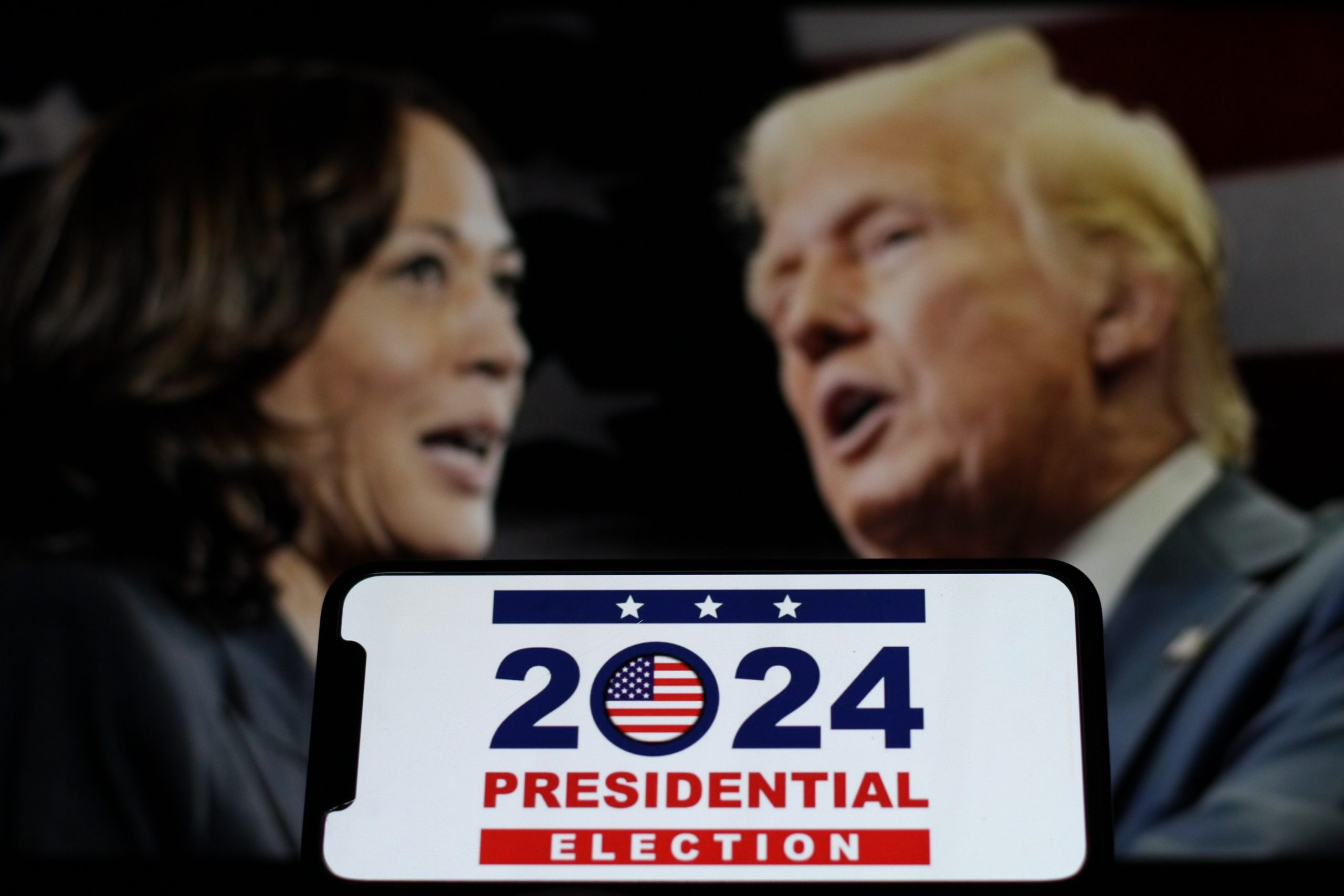Why Traders Need to Follow the 2022 Chinese Presidential Election
President Xi Jinping of China could be elected to a rare third term this November, and that event will likely dictate the direction of Chinese stocks leading up to—and after—the election.

As highlighted by Luckbox recently, trading years that feature midterm elections (the year 2022) tend to exhibit lower returns and elevated levels of volatility.
But from a more global perspective, political influence on the 2022 trading year extends well beyond North America, and not only because of rising tensions on the shared border between Russia and Ukraine.
Importantly, the People’s Republic of China (PRC) will select a president in 2022 during a massive political event in China scheduled for November.
Taking place every five years, these “Party Congress” meetings are critical because the president of China is elected (or reelected) at this time, and the government’s overarching plans and goals for the next five-year window are also unveiled.
The upcoming Party Congress in November is especially intriguing because many believe that the current President of China—Xi Jinping—will be elected to a rare third term. Xi Jinping has currently been in power for more than 9 years, having first been elected president in 2013, and then reelected in 2018.
Presidential terms in China last five years, and going back to the 1980s, leaders have traditionally remained in office for a maximum of two terms.
Importantly, however, language in the Chinese constitution addressing term limits was modified back in 2018, which means Xi Jinping could theoretically remain in office for at least another five years, or even beyond.
At this time, it’s not known definitively whether Xi Jinping will be awarded a third term. But Chinese leaders traditionally nominate a successor during their second term, and Xi Jinping has yet to do so. For this reason, many pundits expect that the country’s current president will be reelected in November.
Much like in the United States, the president of China serves as leader of the country, leader of the military and leader of his or her political party. In the People’s Republic of China, these roles are denoted as President of China, Chairman of the Central Military Commission, and General Secretary of the Communist Party of China (CPC).
In November, the Party Congress will be attended by nearly 3,000 members of the CPC which constitute the National People’s Congress (NPC)—a group that serves as a type of parliament in China.
Impact on the Financial Markets
In the last decade, China’s influence on the global financial markets has grown exponentially. Mammoth Chinese tech companies such as Alibaba (BABA), Baidu (BIDU) and Pinduoduo (PDD) are now a part of the everyday lexicon for most investors and traders.
And due to the government-directed nature of the Chinese economy, companies within the Middle Kingdom are especially sensitive to directives and policies of the Chinese government. That’s a big reason that the political happenings this November are so important to the markets.
The regulatory crackdown on technology companies in China during the last year provides a good illustration of this reality. Since the Chinese government first started putting pressure on Ant Financials’ proposed initial public offering (IPO) back in November of 2020, many Chinese stocks—especially ADRs—have taken it on the chin (illustrated below).
Source: Reuters
Looking at another example, the KraneShares CSI China Internet ETF (KWEB) is down nearly 60% since early February of 2021.
From a technical perspective, many investors and traders likely found those levels incredibly attractive, and still do. However, the fundamental picture (i.e. revenues and earnings) for Chinese stocks remains murky.
Beyond the regulatory crackdown on tech stocks, companies in China appear to have been caught up in one of President Xi Jinping’s other big initiatives—referred to broadly as “common prosperity.”
Much like other parts of the world—and despite the country’s socialist roots—the income gap between rich and poor has widened significantly in China during the last couple of decades. And new research revealed recently last year that the birth rate in China is now declining—a trend that’s been attributed to sharp increases in the cost of living.
And while China is obviously not a democracy, leaders in the country aren’t tone-deaf when it comes to the challenges facing their people. As such, the new drive toward “common prosperity” appears to be an effort to narrow the income gap and ensure that fewer Chinese citizens are left behind in the country’s modernizing economy.
One tactic that’s apparently been chosen to address the problem is a pressure campaign on Chinese businesses, mandating that they focus less on profits and more on their social impact in the community. For example, by hiring more people, or donating resources such as goods, services and even cash.
Due to this policy directive, many big-name Chinese tech companies announced last year they would be donating a portion (or all) of their profits to social causes. For example, Pinduoduo announced last August that the company would donate its second-quarter profit and all future earnings to help with China’s agricultural development until the donations reach at least 10 billion yuan ($1.5 billion USD).
Around the same time, Hong Kong-listed Tencent (TCEHY) announced it would set aside another 50 billion yuan for social programs, bringing the company’s total 2020 philanthropic pledge to a jaw-dropping 100 billion yuan.
President Xi Jinping has frequently referenced “socialism with Chinese characteristics” in his speeches and this slogan appears to align very well with the current corporate drive toward “common prosperity.”
And at face value, these efforts are likely welcomed by most Chinese citizens—redistributing some of the country’s wealth and lifting up those in need.
But when it comes to the financial markets, and the Chinese companies in question, fewer profits generally translate to lower valuations. And that harsh reality has undoubtedly contributed to the ongoing correction in Chinese shares.
It should be noted that the Chinese economy has also taken a hit due to the COVID-19 pandemic, and a portion of the pullback in stock prices is likely attributable to that, as well.
The big question going forward is whether “common prosperity” will be a permanent part of the Chinese economy, or whether this initiative is only temporary—deployed as a political gambit to calm Chinese citizens ahead of the November elections.
And the answer to that question won’t be known for some time—making business fundamentals in China extremely difficult to decipher for the foreseeable future.
To follow everything moving the financial markets in 2022, readers can also tune into TASTYTRADE LIVE—weekdays from 7 a.m. to 4 p.m. CST—at their convenience.
Sage Anderson is a pseudonym. He’s an experienced trader of equity derivatives and has managed volatility-based portfolios as a former prop trading firm employee. He’s not an employee of Luckbox, tastytrade or any affiliated companies. Readers can direct questions about this blog or other trading-related subjects, to support@luckboxmagazine.com.




















